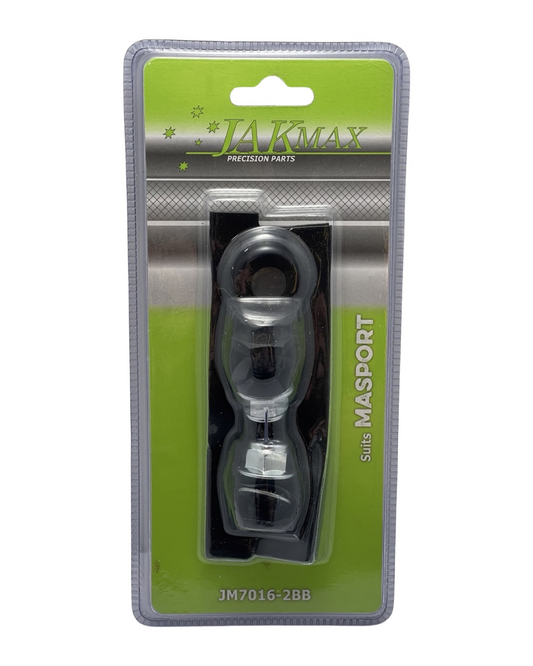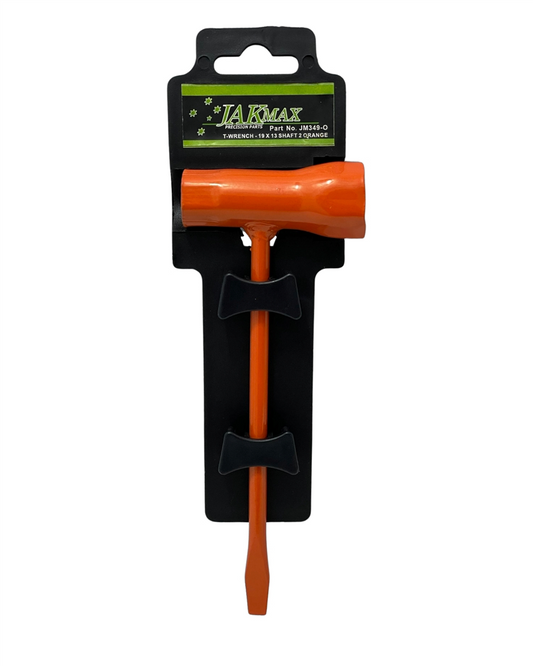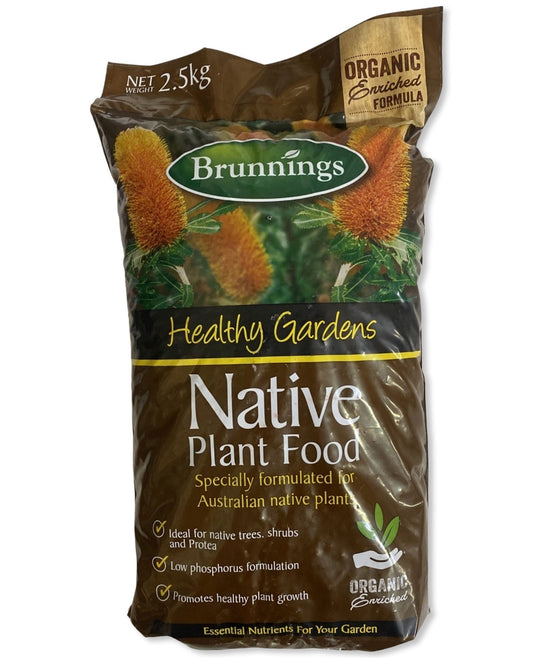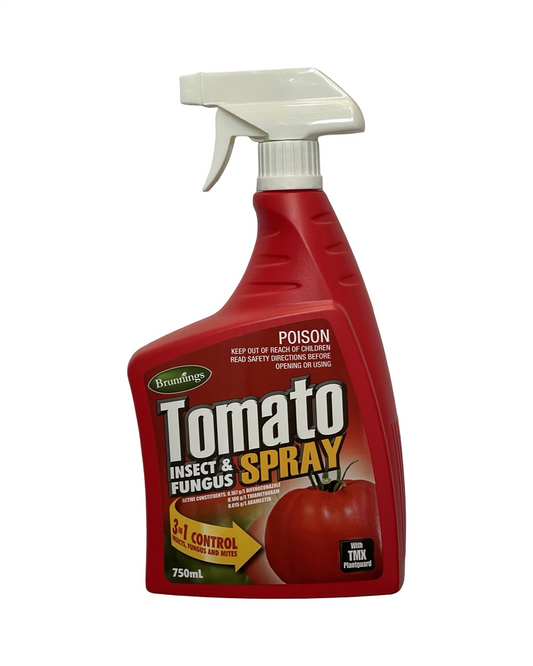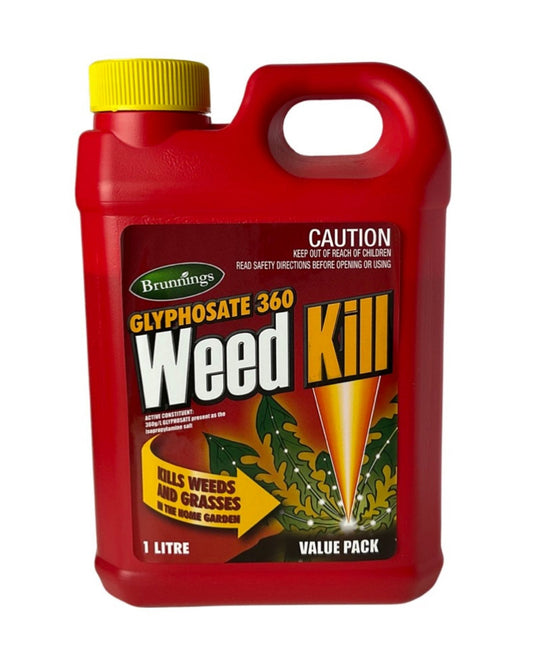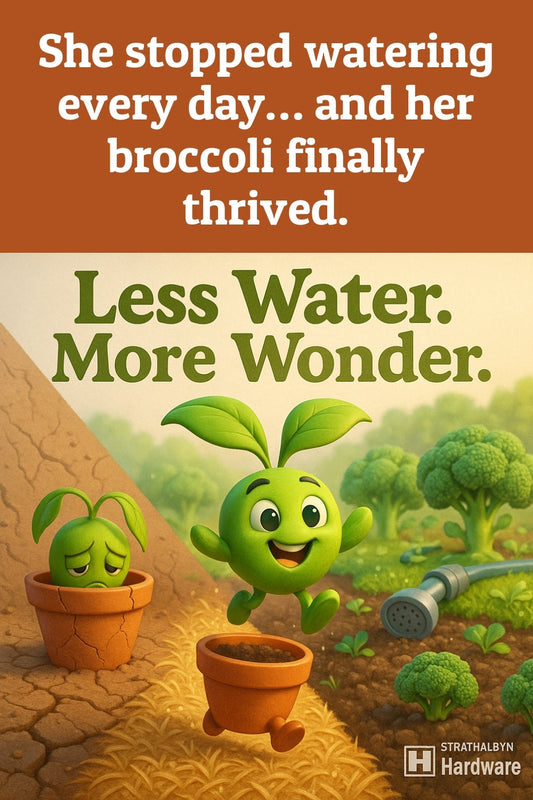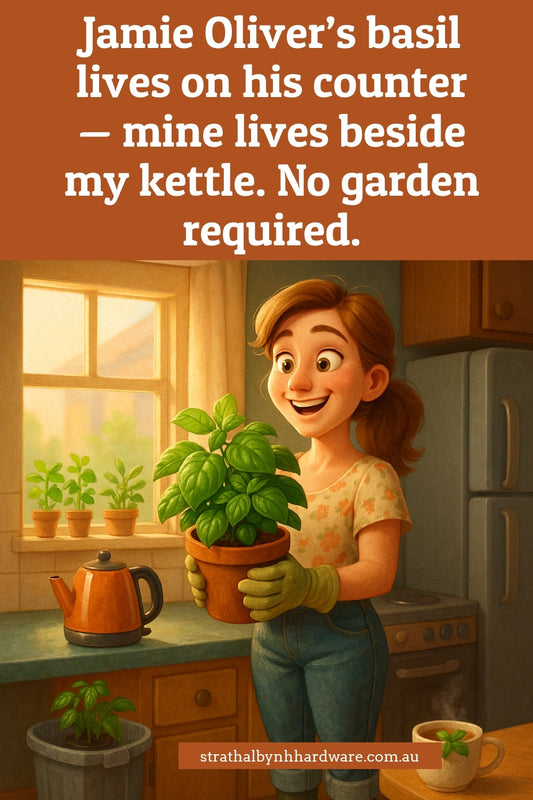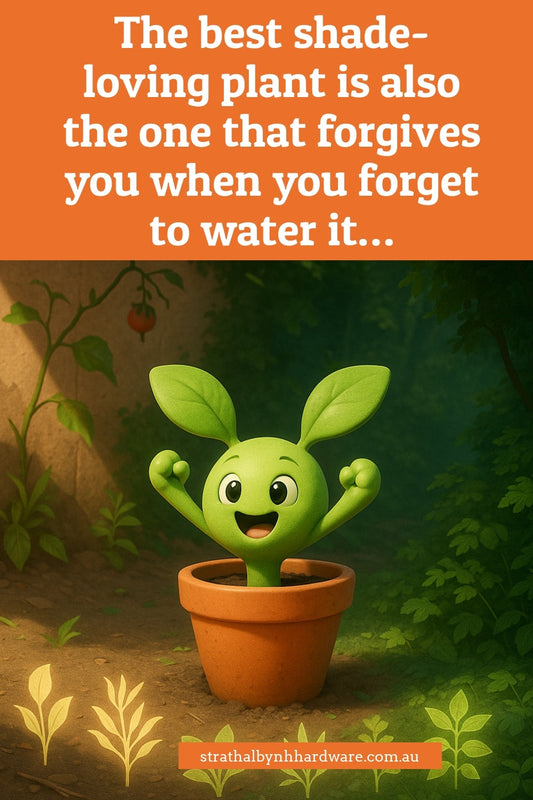What to do when your soil is too acidic or too alkaline
Share
Fixing Acidic or Alkaline Soil: Your Garden’s Secret to Success
Have you ever planted something with high hopes, only to watch it struggle, wilt, or just flat-out refuse to grow? The culprit could be your soil’s pH. Soil that’s too acidic or too alkaline can make it tough for plants to get the nutrients they need. But don’t worry! With a few simple tweaks, you can get your garden soil back on track.
Why Soil pH Matters
Think of soil pH as a plant’s food delivery system. If the level is off, no matter how much fertiliser you throw at it, your plants might not be absorbing what they need. Most plants prefer a slightly acidic to neutral pH (around 6.0 to 7.0), but if your soil is too high or too low on the scale, things can go haywire.
Signs of an incorrect soil pH include:
- Yellowing leaves or stunted growth
- Plants looking sickly even though they’re well-watered
- Difficulty growing certain plants that should thrive in your region
How to Test Your Soil pH
Lucky for you, testing your soil is easy! You can grab a soil pH test kit from your local garden centre (hint: check Strathalbyn H Hardware 😉) or use a digital soil tester for a quick read. If you’re feeling a little DIY, mix some soil with water and add vinegar—if it fizzes, your soil is alkaline. If you do the same with bicarbonate of soda, and it bubbles, your soil is acidic. Not super precise, but handy if you're in a pinch!
How to Fix Acidic Soil
If your soil is too acidic (below 6.0), it’s time to bring the balance back. Here’s how:
- Add Lime: Garden lime (calcium carbonate) is a go-to for raising pH. Just sprinkle it on and dig it in.
- Use Wood Ash: If you’ve got a fireplace, wood ash can help raise pH while adding useful nutrients like potassium.
- Compost Wisely: Some composts, especially manure-based ones, can lower acidity over time, helping to balance things out.
How to Fix Alkaline Soil
When soil is too alkaline (above 7.5), nutrients get locked away from your plants. Here’s how to bring it down:
- Add Sulphur: Elemental sulphur is an easy way to lower pH. Just don’t overdo it—plants don’t like sudden changes.
- Work in Organic Matter: Peat moss, composted leaves, and pine needles help acidify the soil naturally.
- Use Acidifying Fertilisers: Sulphate-based fertilisers (like ammonium sulphate) can give your soil a nudge in the right direction.
Maintaining the Perfect pH
Once you’ve adjusted your soil, keep an eye on it! Regular testing, adding compost, and using mulches suited to your plants all help maintain balance. The best gardens aren’t just about planting and watering—they’re about knowing your soil and giving it what it needs.
So, if your garden’s been moody and refusing to thrive, pH could be the missing piece of the puzzle. A little bit of testing and adjusting can make all the difference. And if you need the right soil amendments, pop in for a chat with the team at Strathalbyn H Hardware. We’ve got everything you need to get your garden growing strong. 🌿
Happy gardening!
Candeece

Stay Connected
Join our gardening community on Facebook the Urban Gardener's Notebook
And follow our Store Facebook Page: Strathalbyn H Hardware on Facebook

